Southeast Asia is home to some of the most breathtaking temples in the world. These temples not only showcase architectural brilliance but also hold immense cultural and historical significance. From Cambodia to Thailand, each temple has a unique story to tell.
Angkor Wat, Cambodia
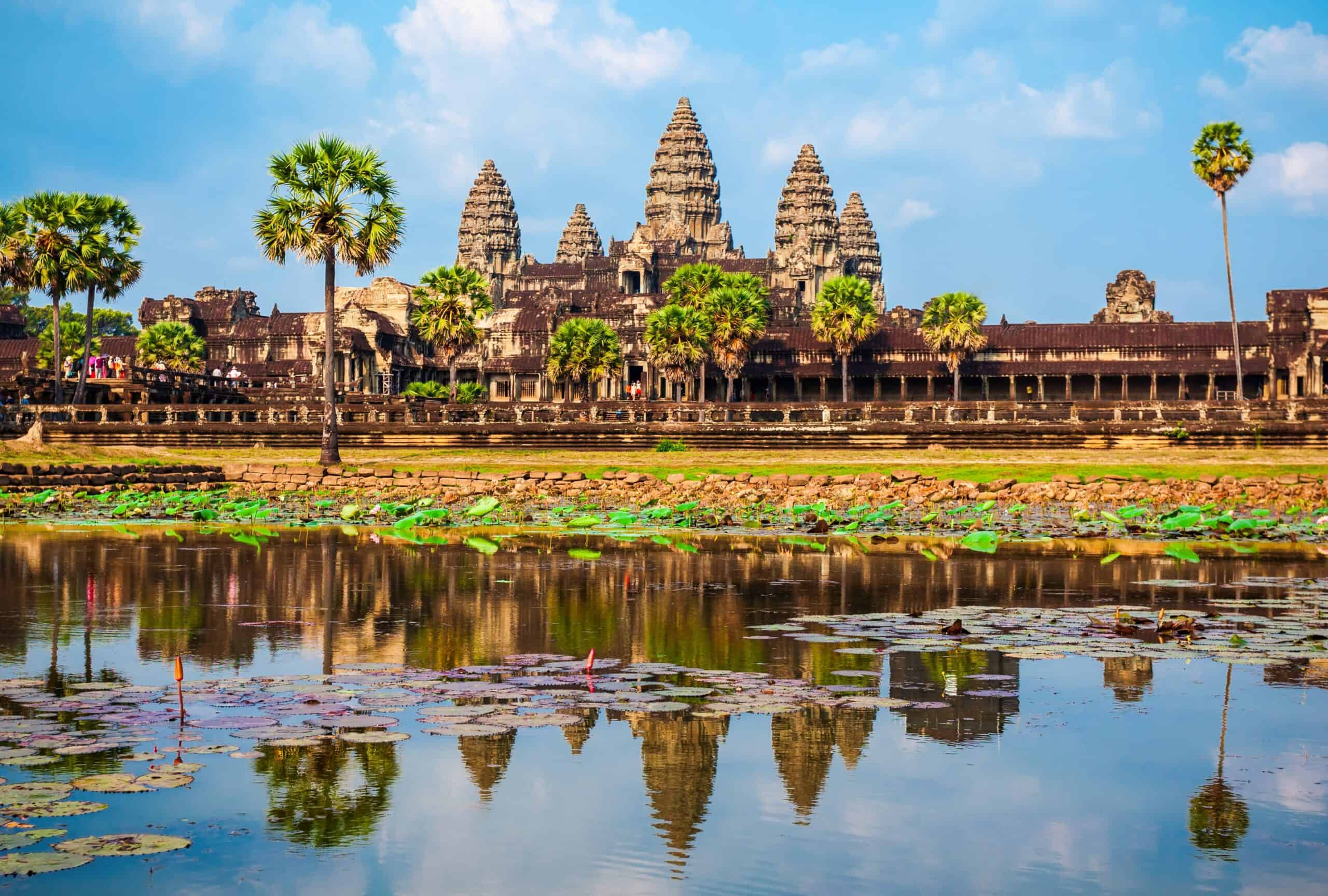
Angkor Wat is the largest religious monument in the world. It was originally constructed in the early 12th century as a Hindu temple dedicated to Vishnu. Over time, it transformed into a Buddhist temple. The temple is renowned for its intricate carvings and expansive moats. Angkor Wat is a symbol of Cambodia, even appearing on its national flag. The temple complex is a UNESCO World Heritage site. Its massive towers and extensive bas-relief galleries attract millions of visitors each year.
Shwedagon Pagoda, Myanmar
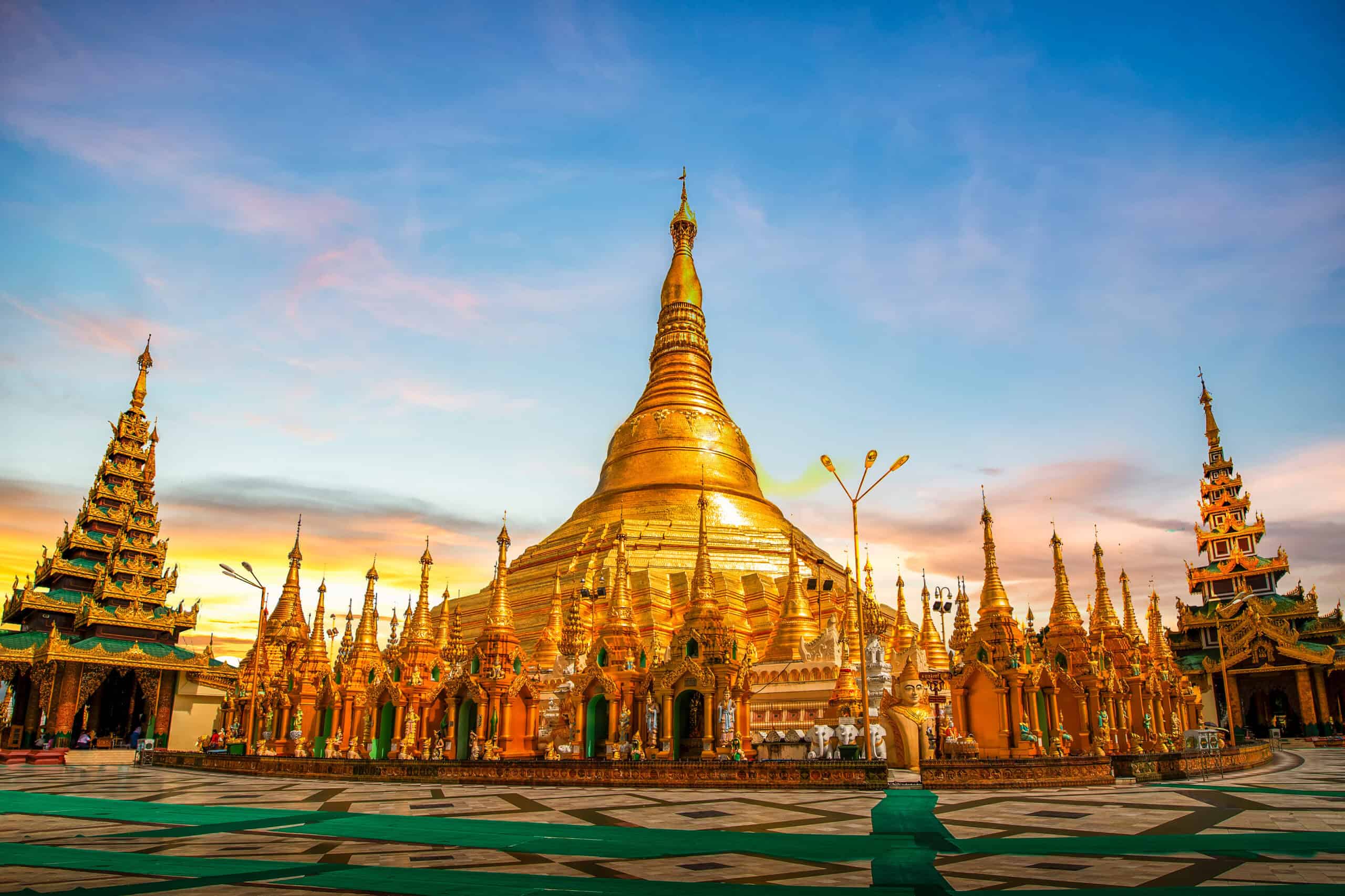
Shwedagon Pagoda is the most sacred Buddhist pagoda in Myanmar. It is believed to contain relics of four previous Buddhas, making it an important pilgrimage site. The pagoda’s golden stupa dominates the skyline of Yangon. Standing at 99 meters tall, Shwedagon Pagoda is covered with hundreds of gold plates. The top of the stupa is adorned with thousands of diamonds and other precious stones. It is a site of daily worship and major Buddhist festivals.
Borobudur, Indonesia
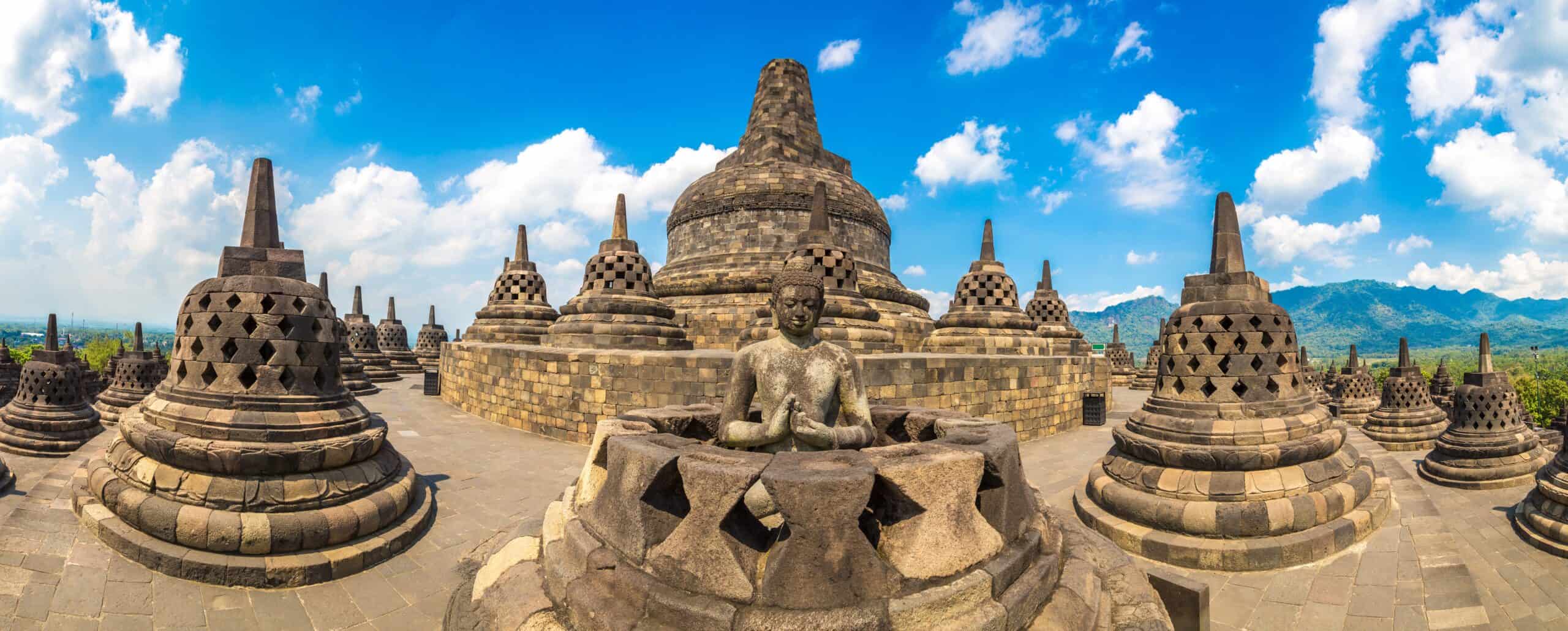
Borobudur is the largest Buddhist temple in the world. Built in the 9th century, it features a stunning design with nine stacked platforms. The temple is adorned with over 2,600 relief panels and 504 Buddha statues. Borobudur is a UNESCO World Heritage site. It remains a major pilgrimage site for Buddhists from around the world. Each year, Vesak Day celebrations bring thousands to this ancient marvel.
Wat Arun, Thailand
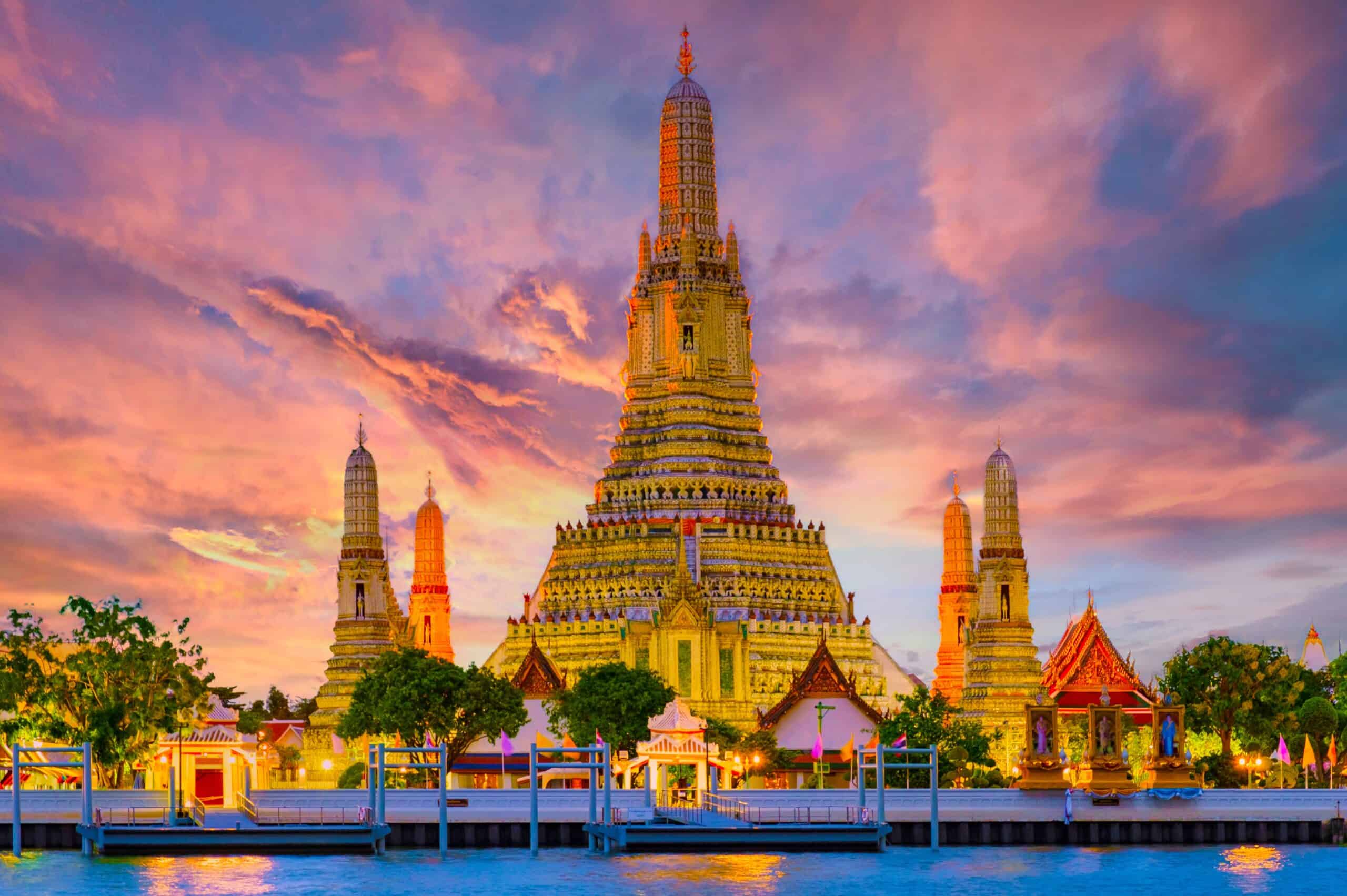
Wat Arun, also known as the Temple of Dawn, is one of Bangkok’s most iconic landmarks. The temple is situated on the west bank of the Chao Phraya River. Its central spire, or prang, rises to a height of 70 meters. The temple’s design is influenced by Khmer architecture. Wat Arun is especially beautiful at sunset, when its towers are illuminated by the setting sun. The temple complex also features ornate pavilions and beautifully landscaped gardens.
Bagan Temples, Myanmar
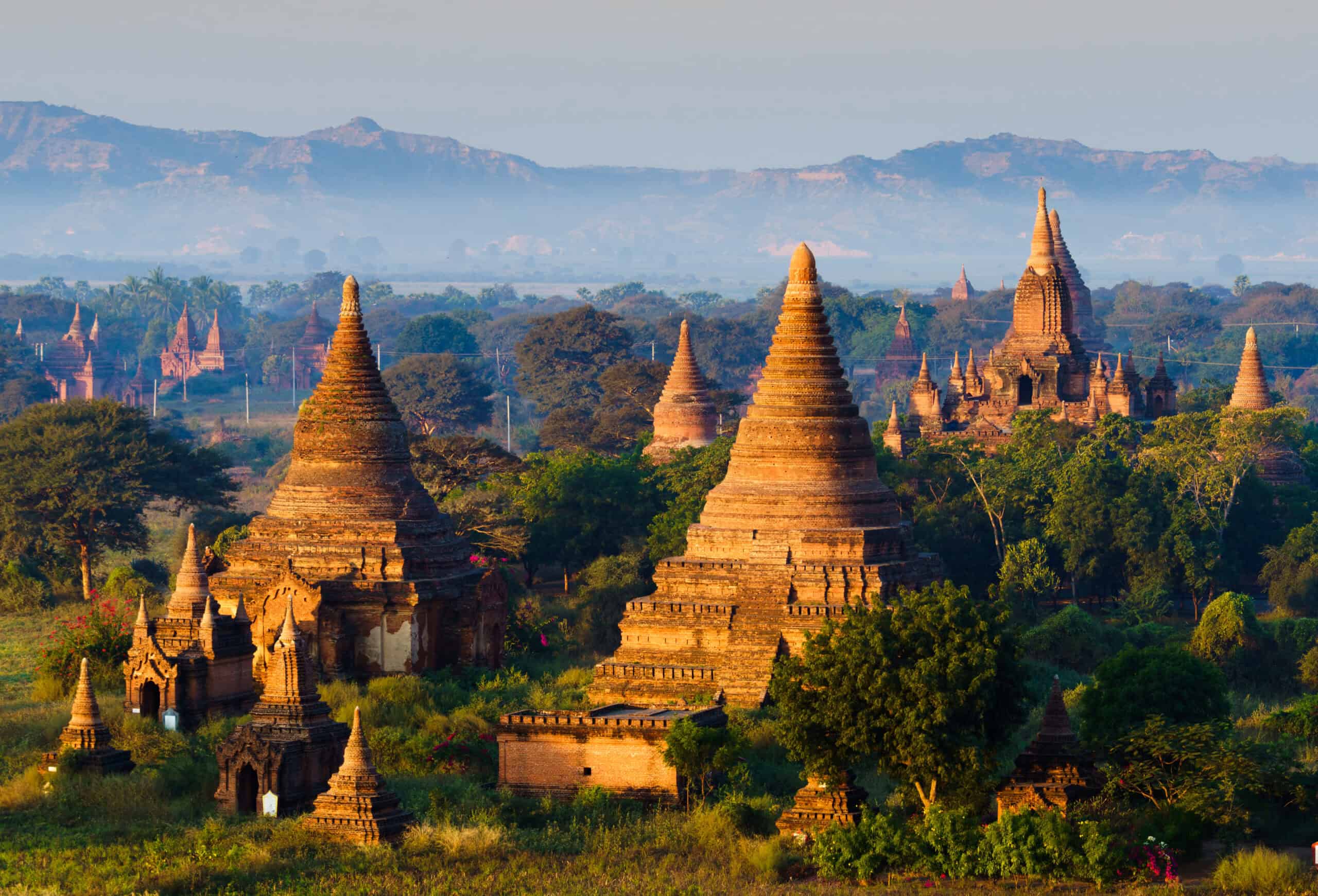
The Bagan Temples are an ancient city of over 2,000 temples and pagodas. They were built during the height of the Pagan Kingdom from the 11th to 13th centuries. This vast site covers an area of 104 square kilometers. The most famous temples in Bagan include Ananda Temple, Dhammayangyi Temple, and Thatbyinnyu Temple. Each temple features unique architectural styles and intricate murals. Hot air balloon rides offer stunning views of the temple-studded landscape.
Tanah Lot, Indonesia
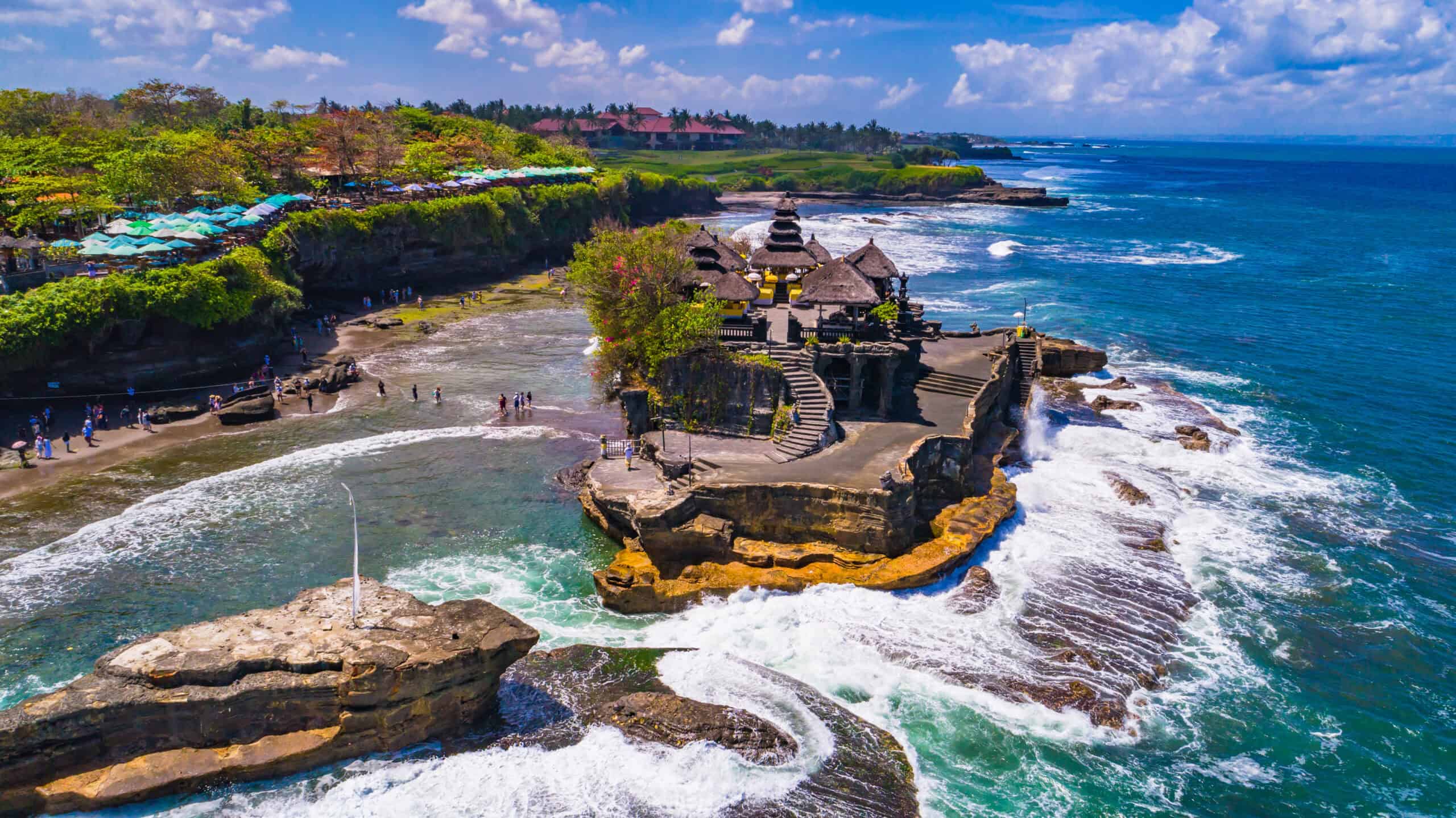
Tanah Lot is a rock formation and a sea temple off the coast of Bali. It is one of Bali’s most important landmarks. The temple is perched on a large offshore rock, which has been shaped over the years by the ocean tide. Tanah Lot is dedicated to the sea gods and is an important cultural icon for the Balinese people. It is a popular tourist destination, especially during sunset when the temple silhouette creates a breathtaking view. The temple complex includes smaller shrines, restaurants, and shops.
Wat Phra Kaew, Thailand
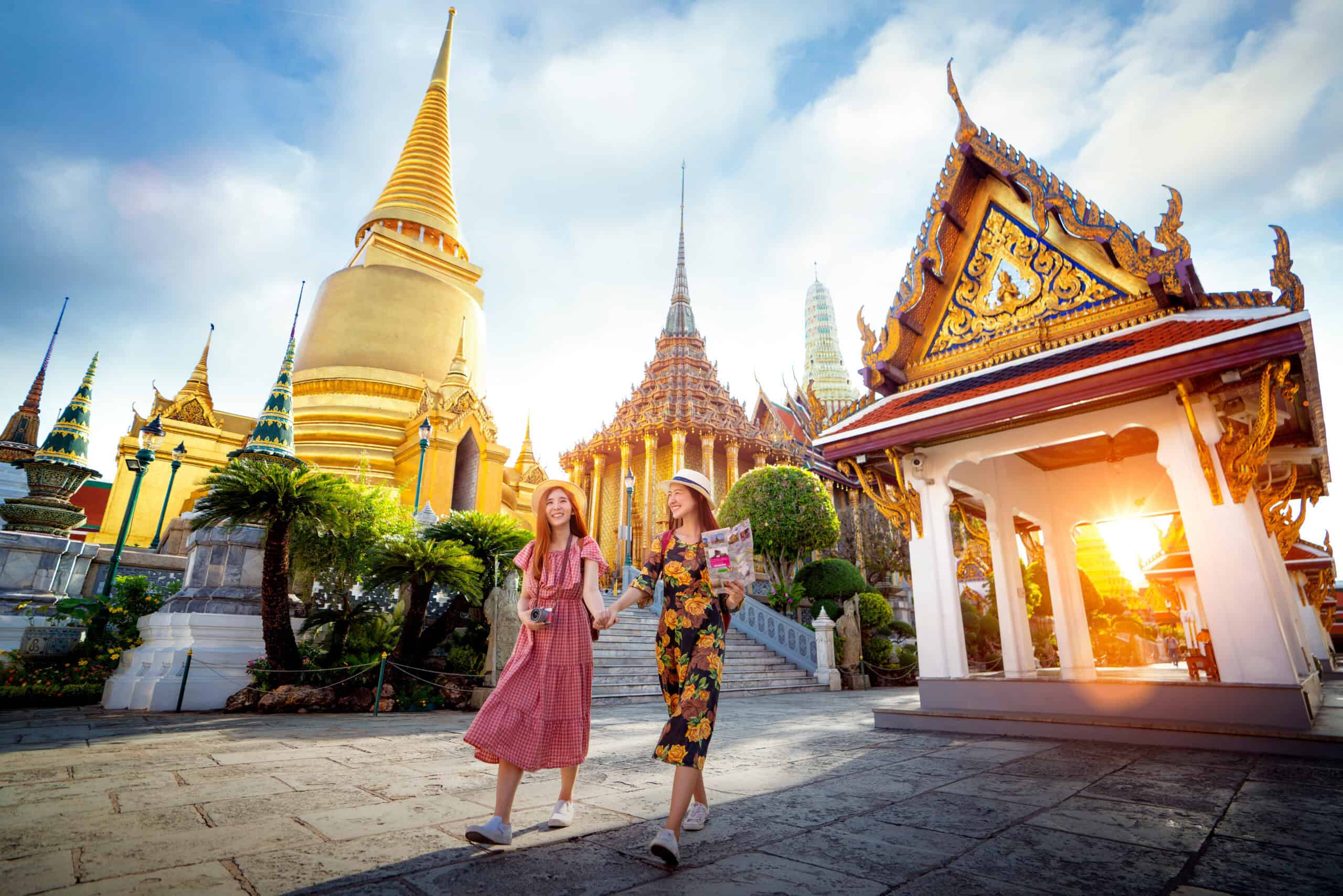
Wat Phra Kaew, also known as the Temple of the Emerald Buddha, is located within the Grand Palace complex in Bangkok. It is regarded as the most sacred Buddhist temple in Thailand. The temple houses the Emerald Buddha, a statue carved from a single block of jade. The Emerald Buddha is adorned with seasonal costumes changed by the King of Thailand. Wat Phra Kaew’s architecture features ornate decorations, murals, and golden stupas. It is a site of national importance and a major tourist attraction.
Pura Ulun Danu Bratan, Indonesia
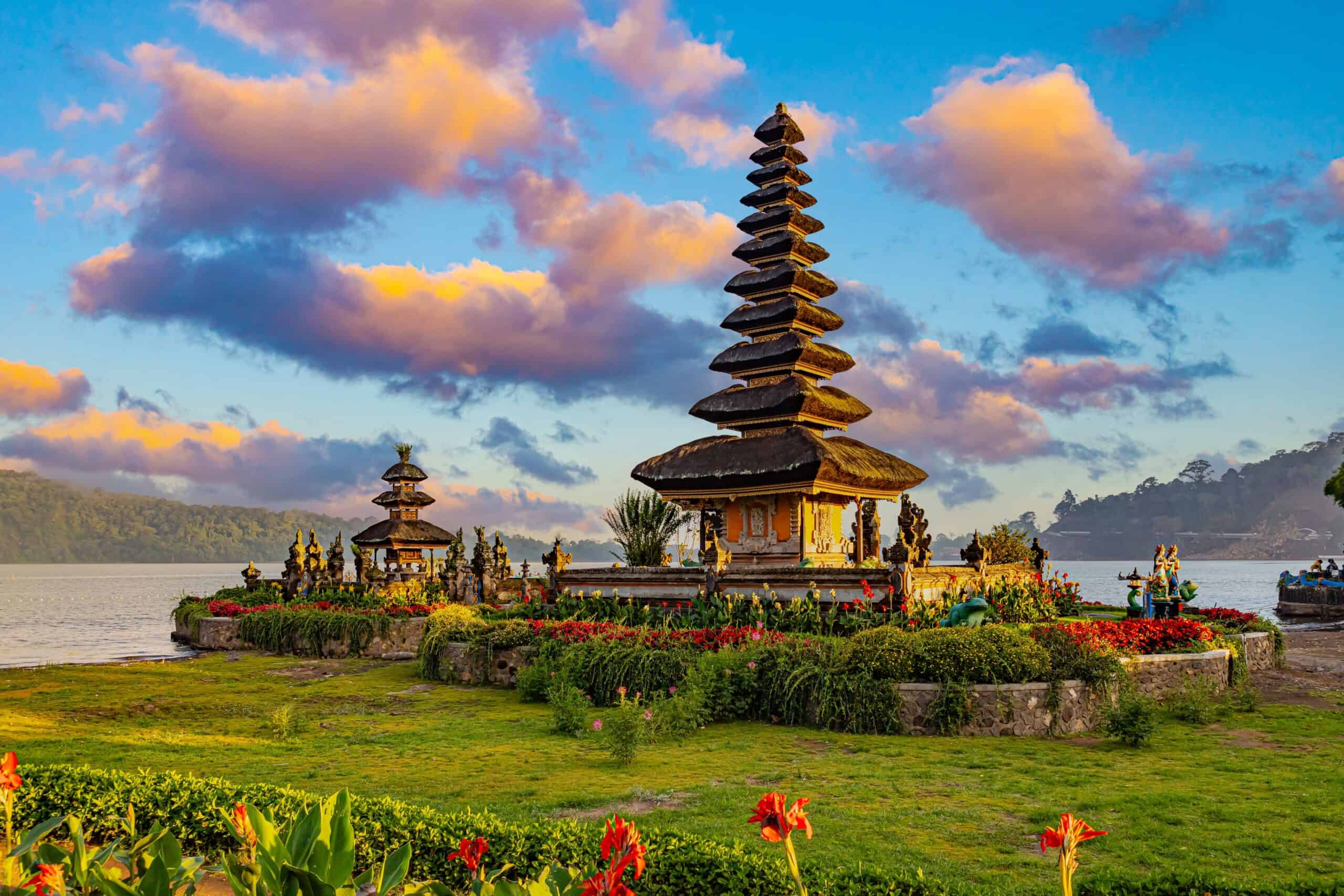
Pura Ulun Danu Bratan is a picturesque temple located on the shores of Lake Bratan in Bali. It is dedicated to Dewi Danu, the goddess of water, rivers, and lakes. The temple’s location amidst the mountains gives it a serene and tranquil atmosphere. The temple complex consists of four sacred buildings and is a major site for ceremonies and offerings. Pura Ulun Danu Bratan’s scenic beauty and cultural significance make it a popular destination for tourists and worshippers alike.
Wat Rong Khun (White Temple), Thailand
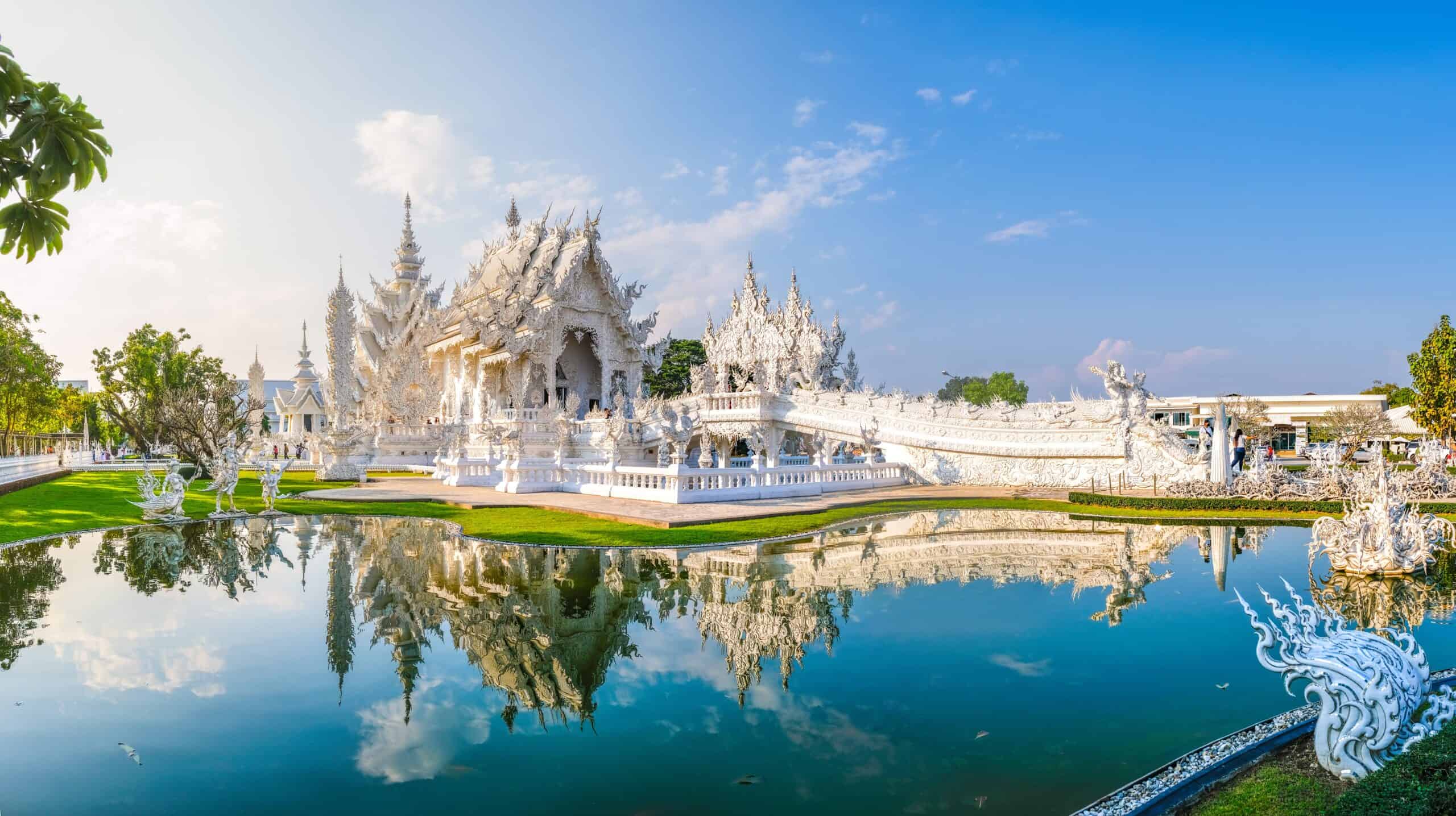
Wat Rong Khun, also known as the White Temple, dazzles with its intricate design. Built by artist Chalermchai Kositpipat, it stands out for its white exterior symbolizing purity. The temple’s architecture blends traditional Thai elements with contemporary art. Visitors are mesmerized by the reflective mosaics and ornate details. Inside, murals depict an array of pop culture icons. The temple represents the artist’s vision of heaven and hell, making it a unique spiritual and artistic experience.
Prambanan, Indonesia
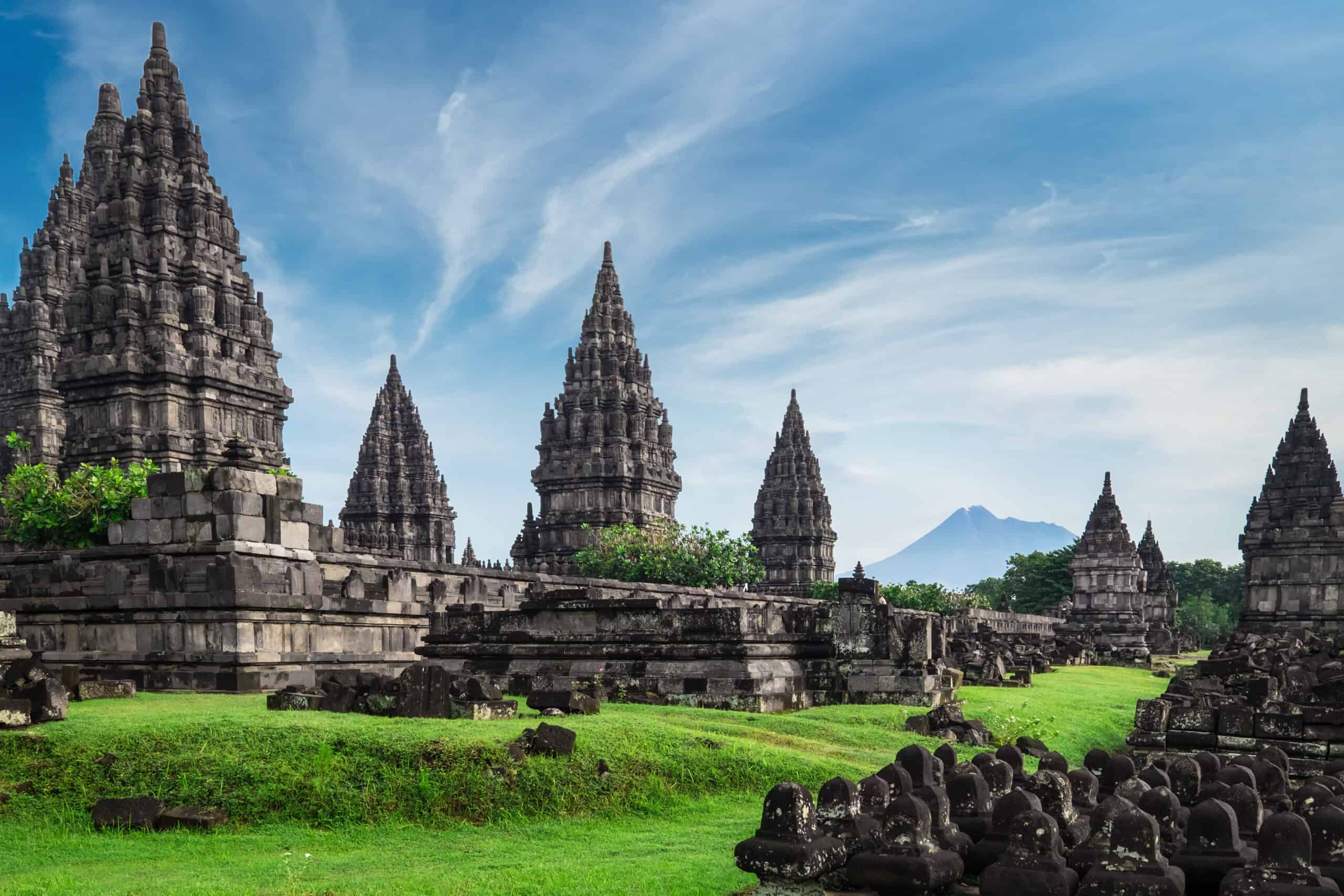
Prambanan, a magnificent Hindu temple, lies in central Java. Built in the 9th century, it is a UNESCO World Heritage Site. The temple complex boasts tall and pointed architecture, distinct in the region. Prambanan is dedicated to the Trimurti: Brahma, Vishnu, and Shiva. It features intricate carvings and bas-reliefs depicting ancient legends. The site often hosts traditional performances, enriching visitors’ cultural experience.
Bayon Temple, Cambodia
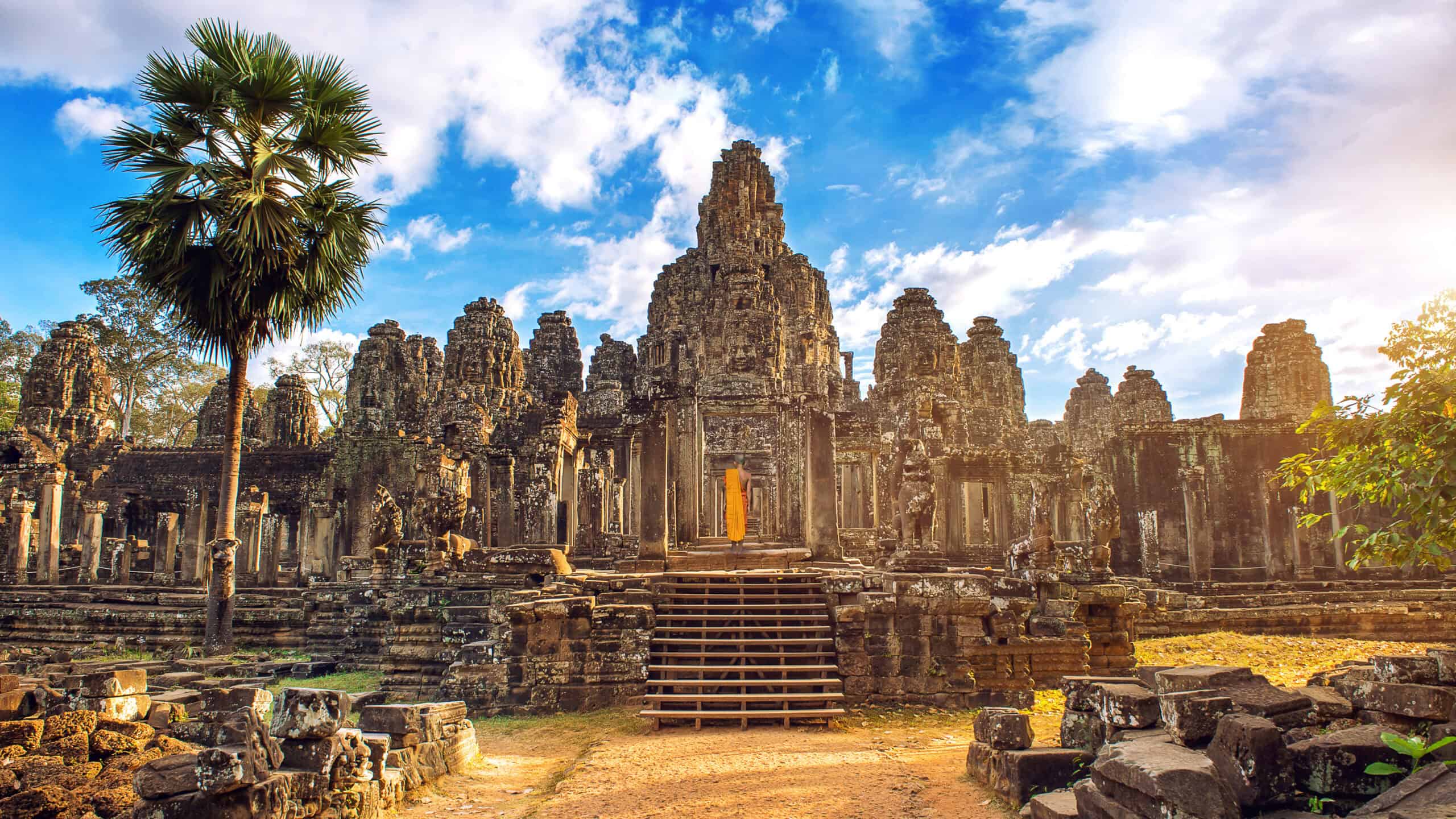
Bayon Temple, located in Angkor Thom, is famed for its serene stone faces. Built by King Jayavarman VII in the late 12th century, it served as the state temple. The temple’s most striking feature is the multitude of smiling faces. Bayon’s intricate bas-reliefs narrate historical events and daily life. Its central tower offers a panoramic view of the surrounding temples. The temple’s unique design and historical significance make it a must-visit.
Wat Pho, Thailand
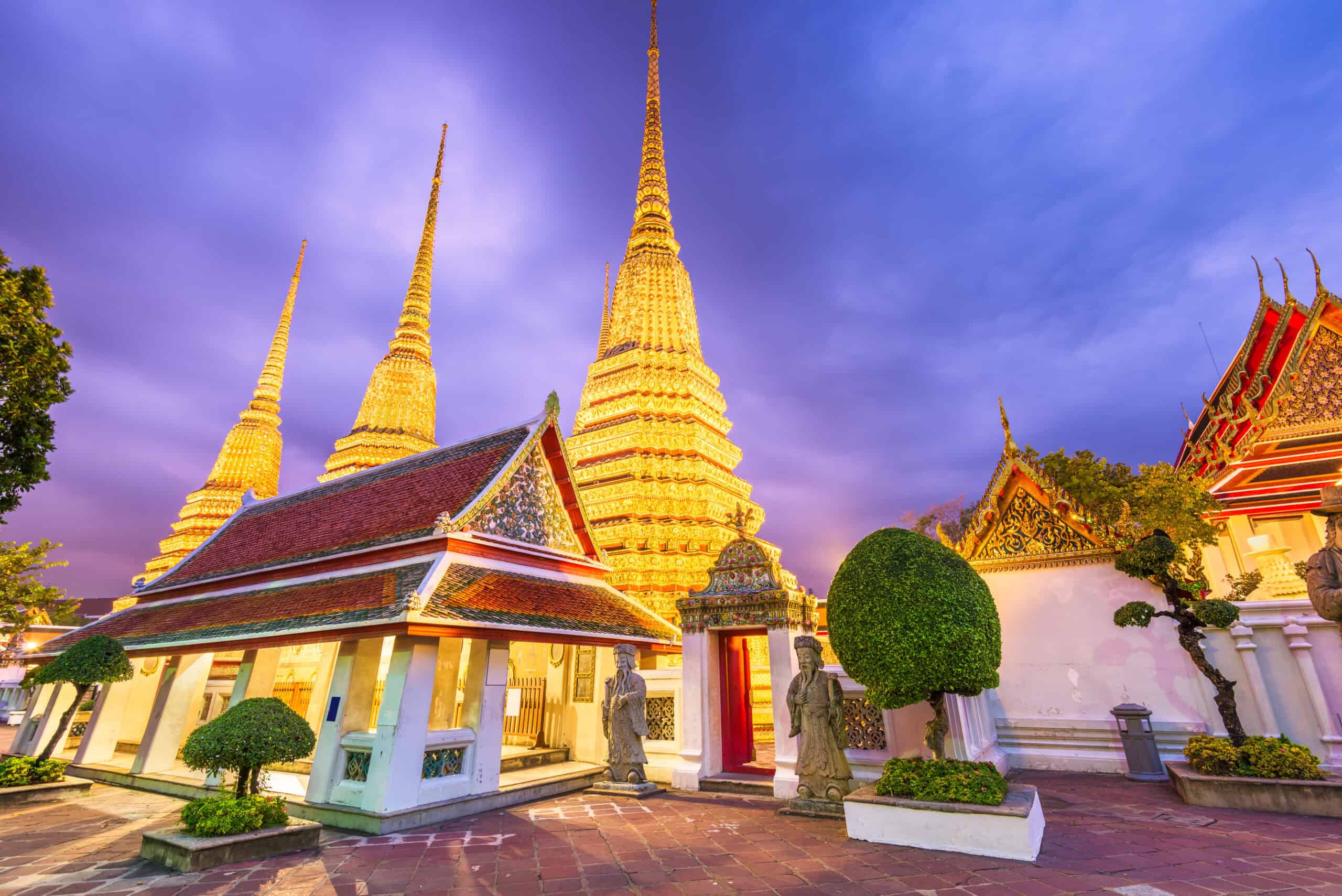
Wat Pho, known for its giant reclining Buddha, is a major attraction in Bangkok. The temple is one of the oldest in the city, dating back to the 16th century. It houses a school of traditional Thai massage. The reclining Buddha, 46 meters long, is gold-plated and awe-inspiring. Wat Pho also features beautifully decorated chedis and intricate murals. The temple offers a serene escape amidst Bangkok’s hustle.
Wat Benchamabophit, Thailand
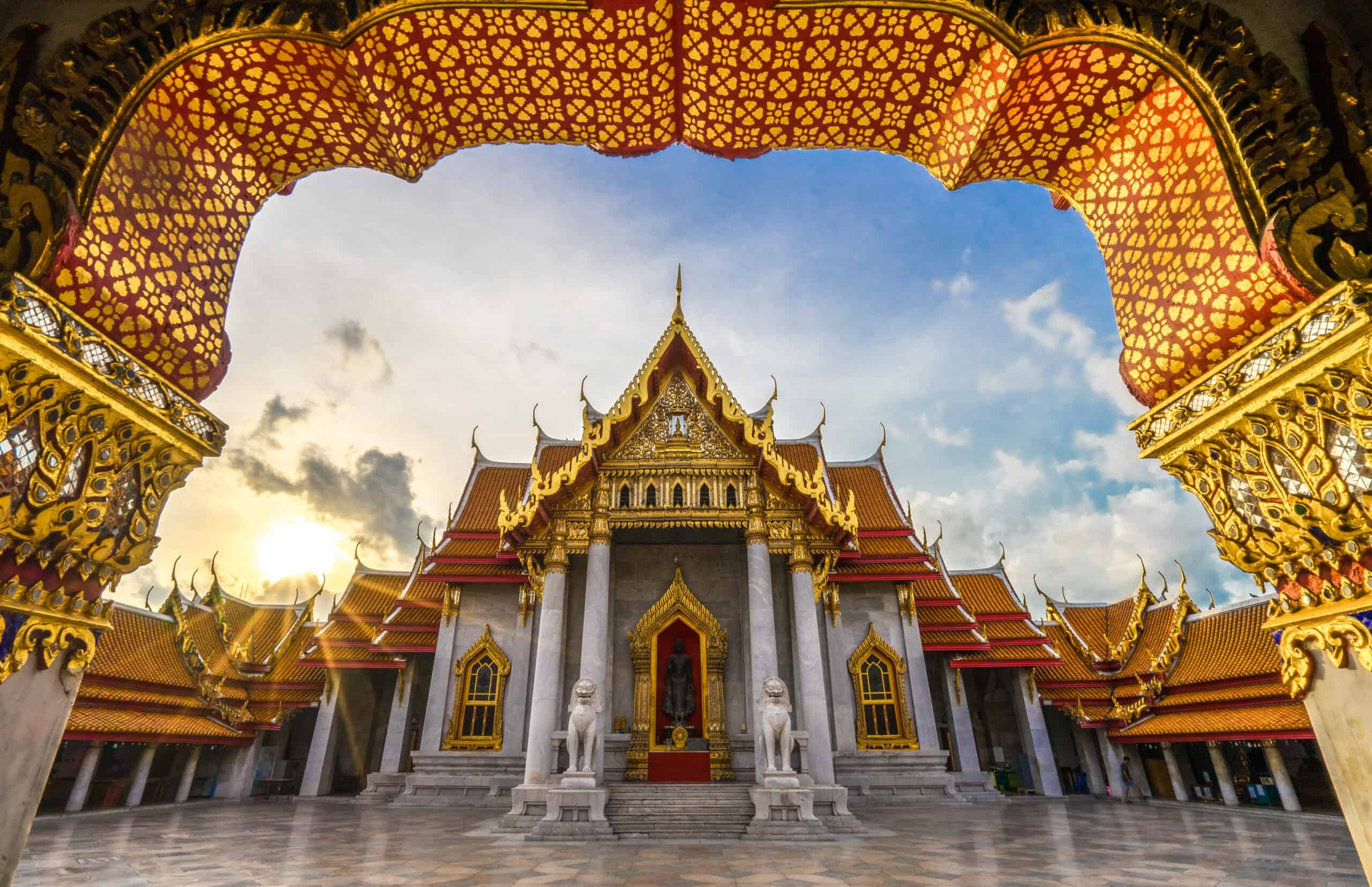
Wat Benchamabophit, or the Marble Temple, gleams with its Italian marble façade. Located in Bangkok, it was commissioned by King Chulalongkorn in 1899. The temple combines traditional Thai and European architectural styles. Inside, the main hall enshrines a replica of Phra Buddha Chinnarat. The temple grounds are meticulously landscaped, enhancing its tranquil atmosphere. Wat Benchamabophit is renowned for its beauty and elegance.
Pura Luhur Uluwatu, Indonesia
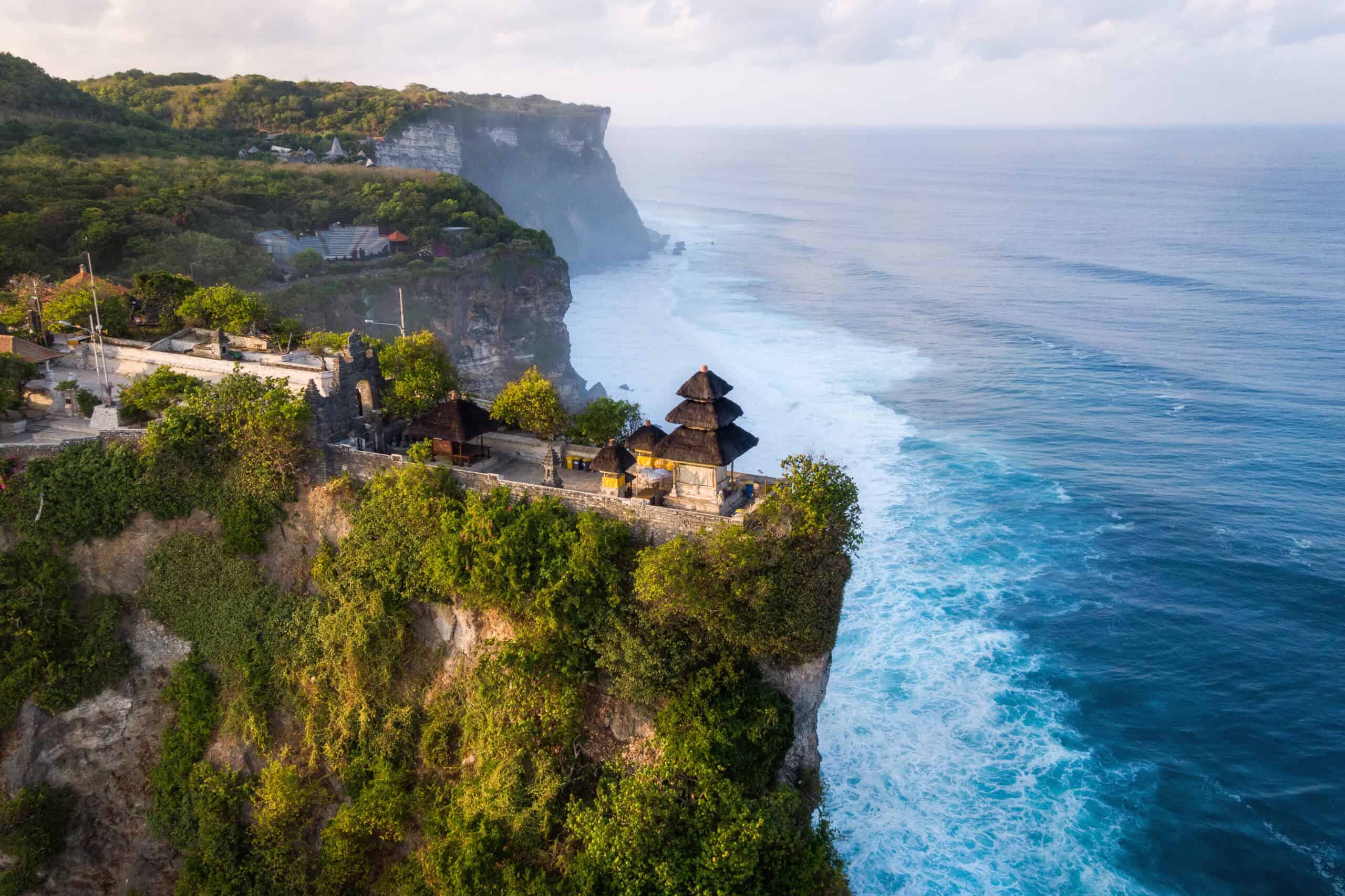
Pura Luhur Uluwatu, perched on a cliff, offers stunning ocean views. This Balinese sea temple, dedicated to the spirits of the sea, is one of Bali’s key directional temples. It stands at the edge of a 70-meter-high cliff, facing the Indian Ocean. The temple complex is famous for its evening Kecak dance performances. The sunset views from Uluwatu are breathtaking. The temple’s dramatic setting and cultural significance make it a highlight of Bali.
This article originally appeared on Rarest.org.
More from Rarest.org
1952 Jefferson Nickel Value Guide

The 1952 Jefferson nickel is a five-cent coin composed of 75 percent copper and 25 percent nickel. Unlike the reeded edge of some U.S. coins, this five-cent piece has a plain edge. Read More.
The 14 Most Expensive Music Memorabilia Ever Sold
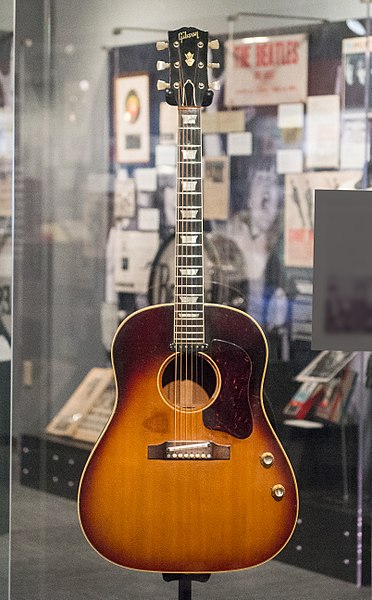
Music memorabilia offers a unique glimpse into the lives and legacies of iconic artists, often capturing pivotal moments in music history. Read More.
The 8 Rarest Model Trains and Their Collectible Value

Collecting model trains is a hobby that has captivated enthusiasts for decades, blending a passion for history, engineering, and meticulous craftsmanship. Read More.
